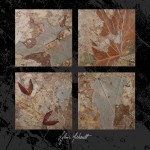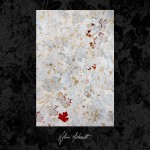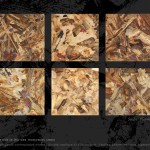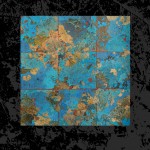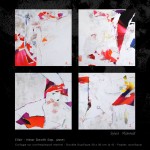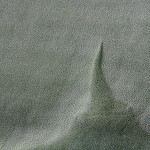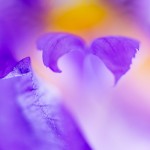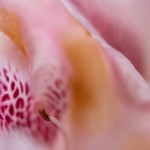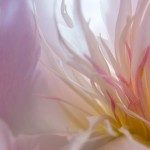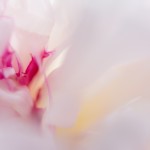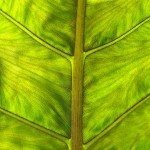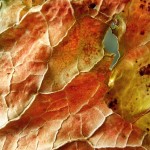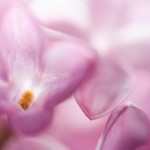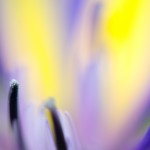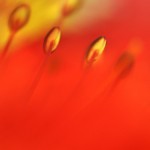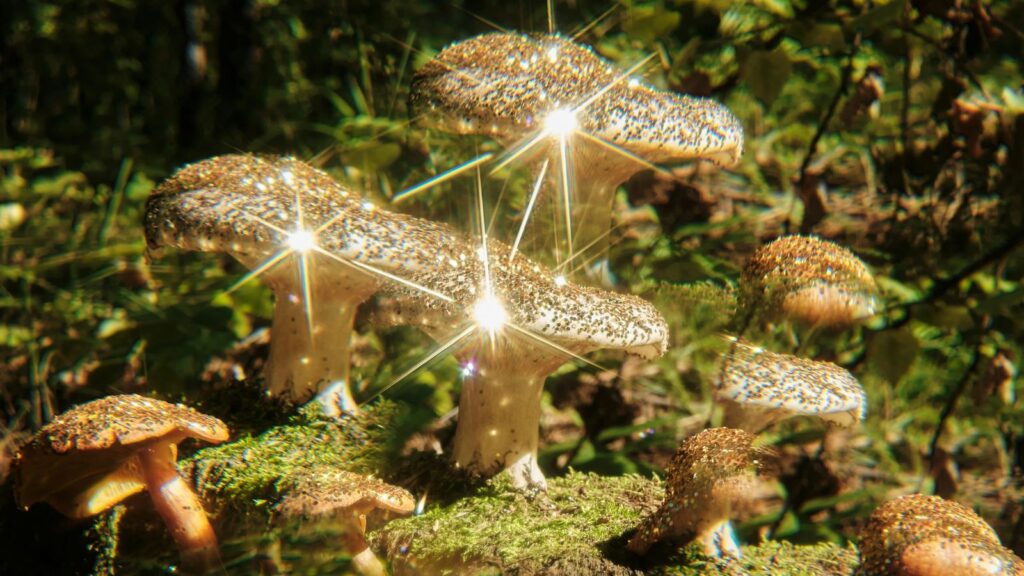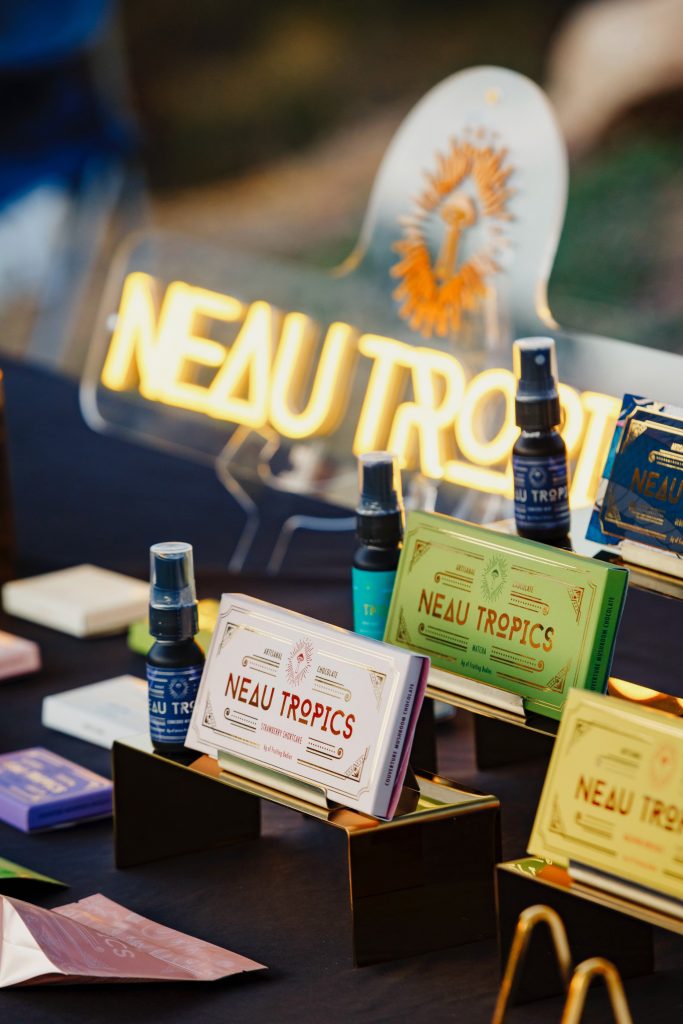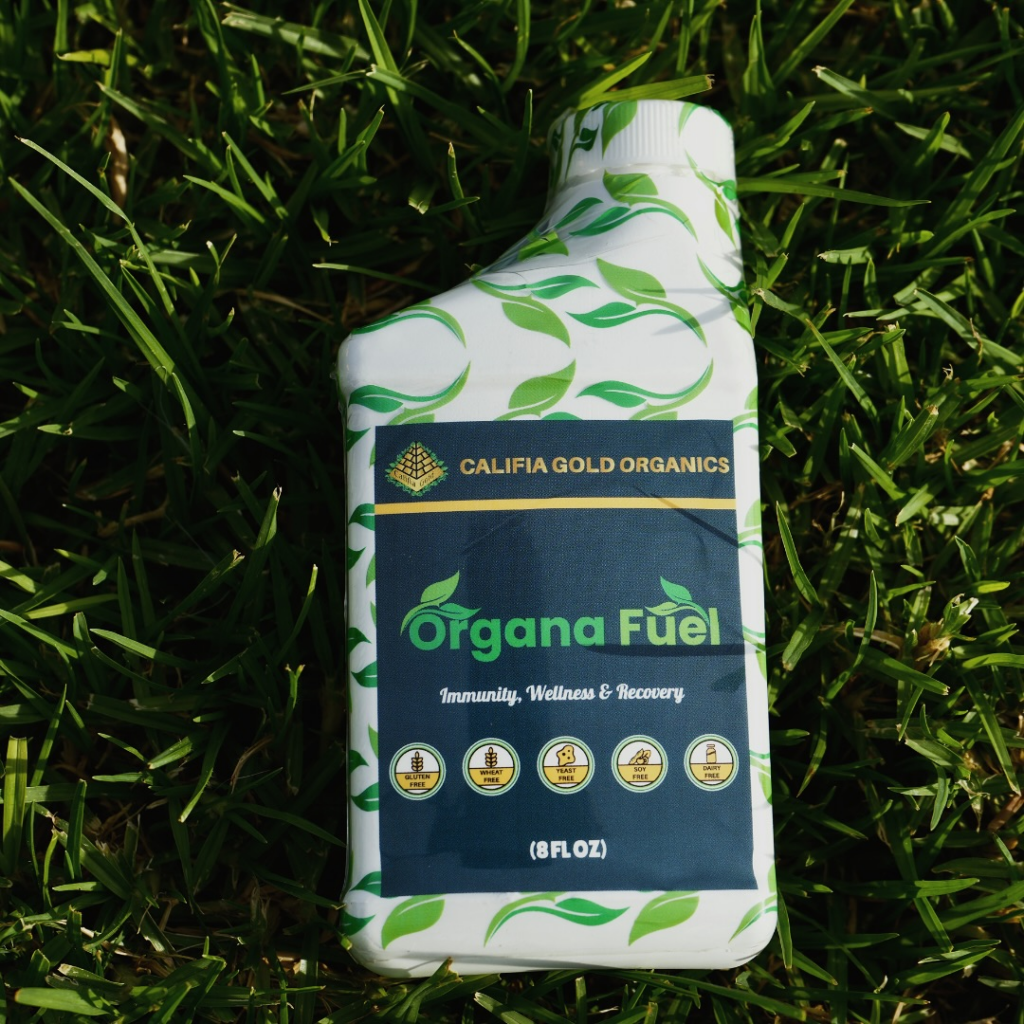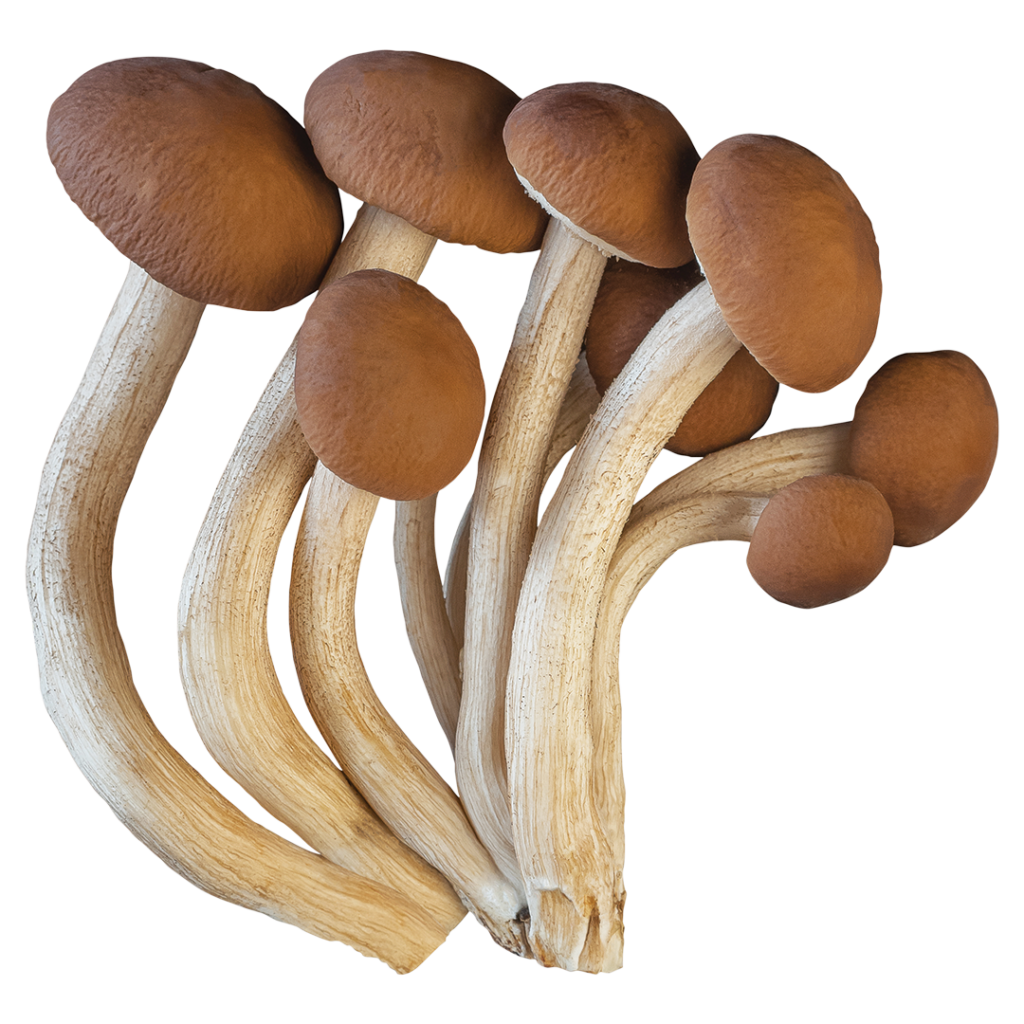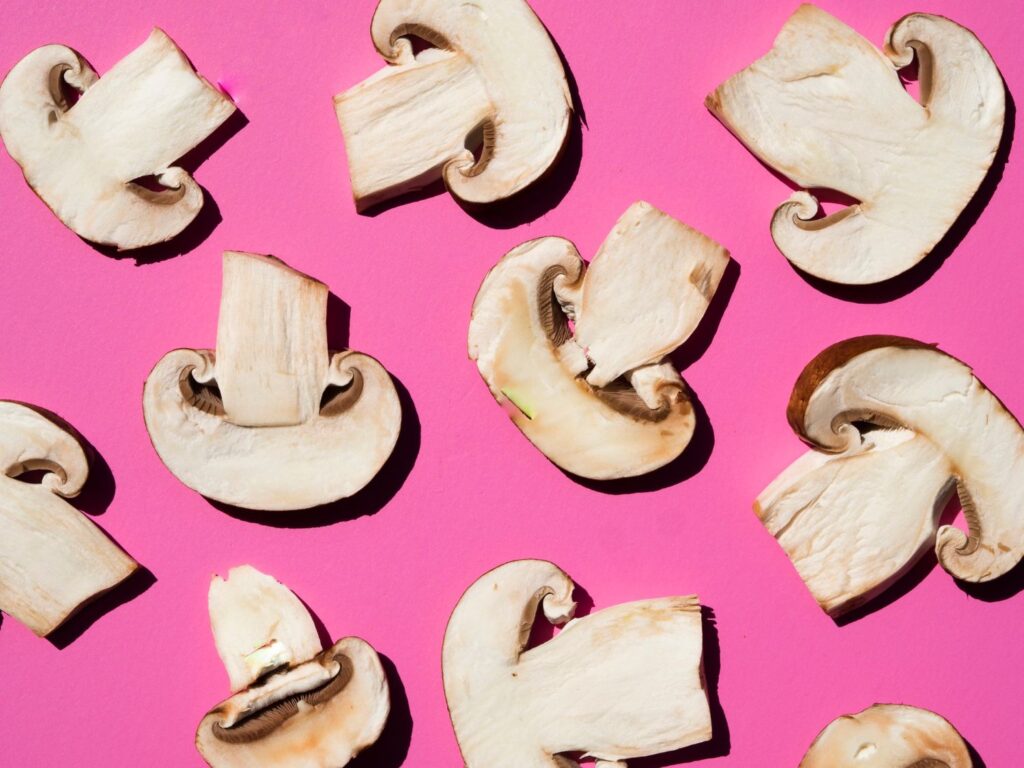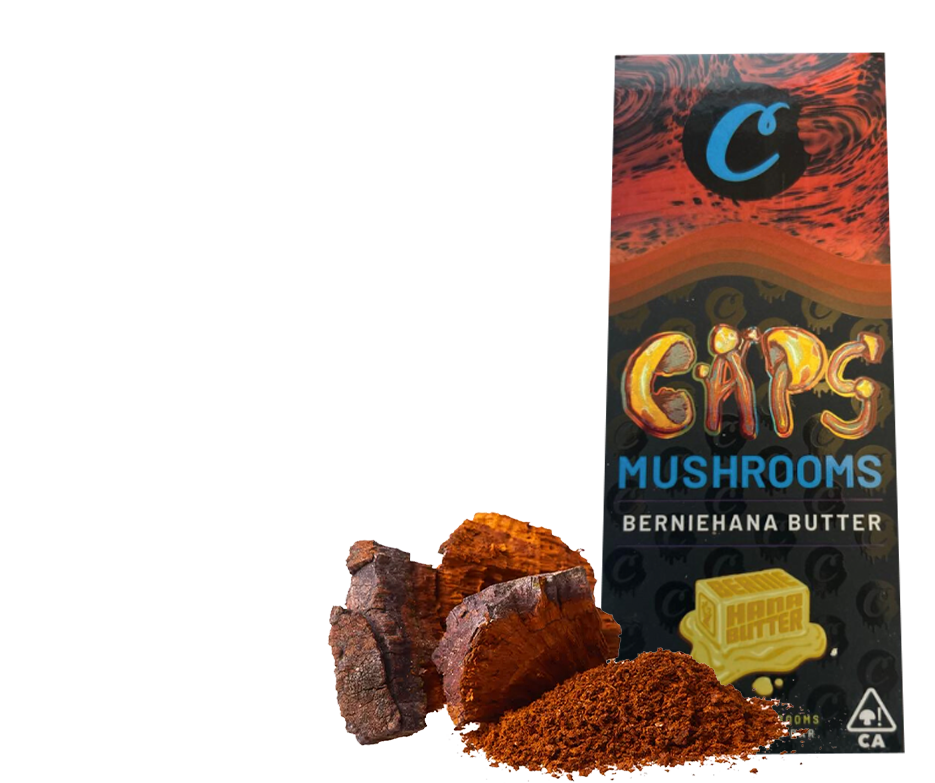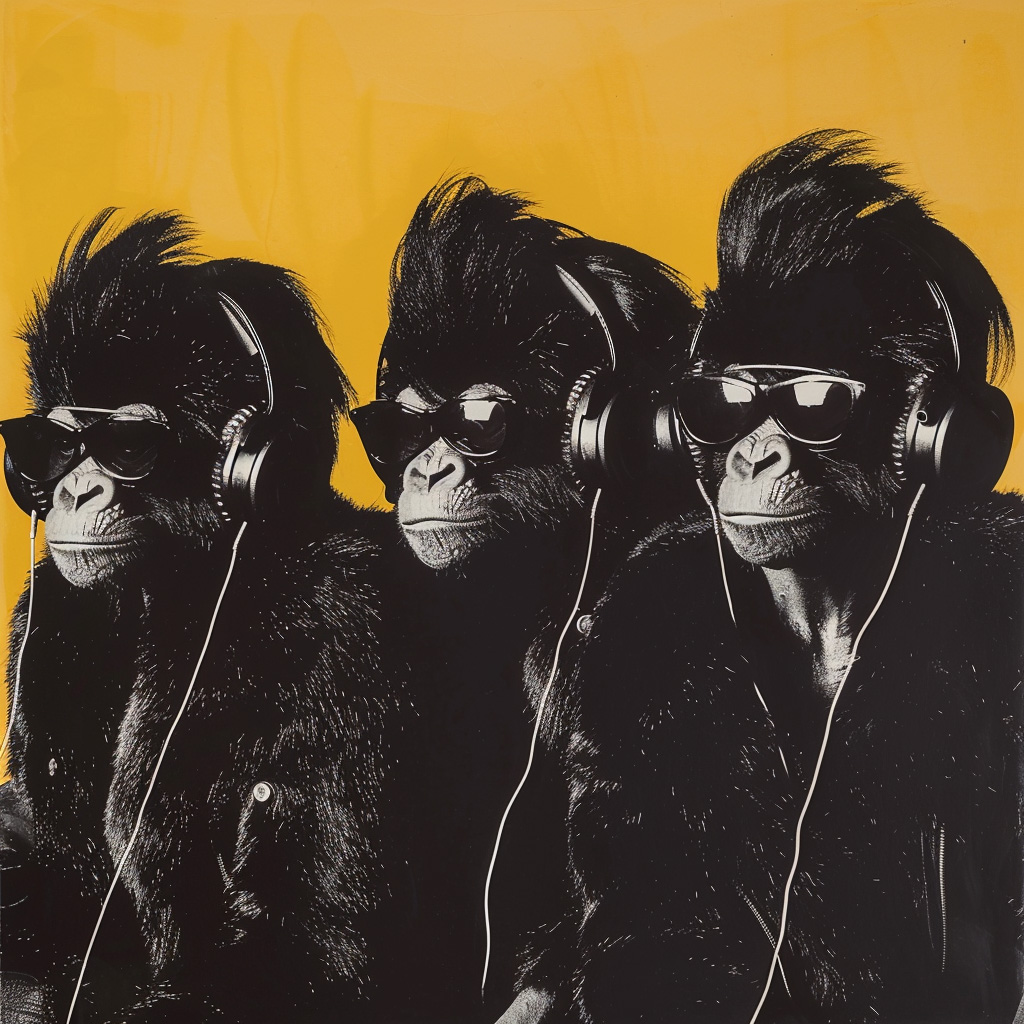Certain events affect me so deeply that I feel obliged to stop whatever I am doing to rethink my priorities. Mourning a loved one can overwhelm me and make me lose my bearings; but witnessing a catastrophe involving entire populations arouses my compassion and moves me to action.
If you follow the news, even for just one day, you won’t be able to avoid noticing the wide range of topics relating to injustice. On that same day, there are silent tragedies taking place somewhere around the world, which we do not hear about, unless we’ve been directly confronted by them.
As a child I dreamed of travelling, having great adventures, living in the wilderness and meeting peaceful peoples leading a self-sufficient, sustainable life that guaranteed their existence. I moved to French Guyana in 1991 and a few years after I had settled I obtained from the prefecture a governmental authorization to go to Twenké and Taluhwen, two traditional Wayana villages, to work with the villagers in an art project developed as part of a volunteer program. Located in the heart of the French Amazon, their territory had been officially declared a ‘Forbidden Zone’ since 1970 to preserve, among other things, ‘good health for the populations and respect for their customs. ”
Have you ever experienced a feeling of plenitude upon arriving in an unknown place, where everything around you exudes harmony and joy? You observe the beauty of men and women graciously performing their daily activities in unscathed landscapes while children are playing in the river or slowly sailing in their tiny pirogues.
You just stand there, admiring and grateful for the chance you have had to walk into this heaven at the end of the world.
This is what I remember of my first encounter with the Wayana Amerindians.
They live on the banks of the Litani River, the upstream section of the Maroni River which marks the border with Suriname. In Guyana, their population is estimated at about 1,000. They have a communal lifestyle and their economy is largely based on self-sustenance: hunting, gathering, fishing and farming.
They possess an elaborate array of know-how, knowledge and techniques, which are passed on from generation to generation and allow the Wayanas to express their talents as graphic artists through ceramics, basketry, textiles and woodwork.

Their patterns and symbols are inspired by forest animals and mythical creatures. One of the most representative objects of their art is the wooden disk or Maluwana. It is a disk cut out from the root of the kapok tree which is then then blackened with fire and decorated with drawings from an antique bestiary of two-headed caterpillars, aquatic monsters, snakes and turtles. They use either natural pigments or acrylic paints to colour the disk, which is then attached under the dome of the Tukusipan, a circular shelter that is used when guests pass by and as a community centre for the villagers.
The wooden disk is a reminder of the history of the community, of the need to learn a lesson and defend brotherhood. It also evokes the link between people and nature. And yet. . .
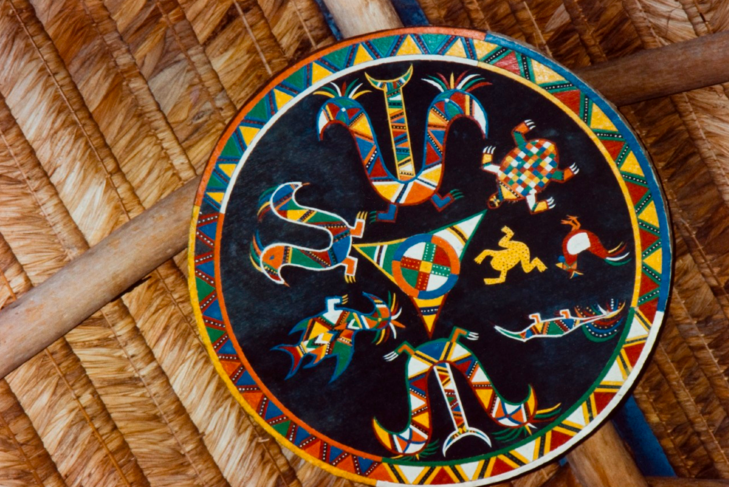
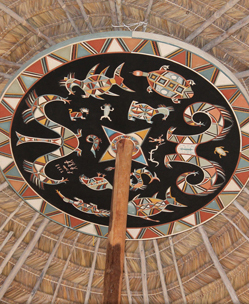
For almost twenty years, the lives of the Wayanas has turned into a nightmare. Like other Indians living in Guyana, they are the victims of unauthorised gold panning and the invasion of illegal immigrants attracted by the gold rush, which is very destructive for the environment. According to advocacy groups, more than 10,000 garimperos (gold panners) have settled near the villages, causing numerous disruptions in the balance of the ecosystem. Large quantities of extremely toxic mercury, used to aggregate gold are discharged into the rivers: mercury attaches itself to aquatic plants that are then eaten by fish. It’s the whole food chain which is contaminated.
Children are developing neurological impairments, lack of limb coordination, and psychomotor development, learning and visual acuity disorders. Mercury levels taken from their hair are far beyond the standards accepted by WHO. Today, the correlation between mercury pollution and these neurological signs have finally been confirmed by the scientific community.
The gold panners leave behind putrid wasteland that due a rapid erosion become sterile; they hunt and fish in the restricted areas, depriving Wayanas of their livelihood. Their presence creates an atmosphere of insecurity with robberies and armed assaults.

As a volunteer with ‘Le Pou d’Agouti’ association in Saint Laurent du Maroni, in 1997 we denounced the humanitarian and ecological disasters affecting indigenous peoples of the Americas, with numerous letters and meetings to raise awareness in the authorities. But the state acted too late and actions of the state which did eventually arrive had no significant results.
In 2003, I started experiencing the gradual invasion by the miners who were arriving by the hundreds on the Mana river where I had built a botanical garden. My project was to organise plant identification missions of endemic and imported varieties, create plant collections and host workshops in a natural forest environment that would combine Art and protection of the environment.


Despite various attempts to protect my initiatives, the growing insecurity defeated my determination. The garden has now become a wasteland, a dump where garbage, fuel cans and pieces of used engines are piling up, and it’s currently being used as a hub for the transport of men and materials to the gold-panning sites up the river.
Although I was forced to abandon a once beautiful place, I have had the chance to take refuge in secure areas and then gradually rebuild my life.
The Wayanas, on the other hand, continue their fight for survival in the devastated forests. The suicide rate is almost twice as high as in France. Their representatives have recently started accusing the public administration of disengagement, and are demanding their right to health and are asking for help.
Their appeals are available at: www.Change.org/AmerindiensFrance
What is at stake here, is not only the maintenance at all costs of a lifestyle but the existence of a people.
The weeks I spent with these extremely gentle men and women have left an indelible mark in my memory. As a consequence, I have made some essential changes in my behaviour, in my relation to the world and my artistic career. I wept at the destruction, plunder and pollution of intact forests. I absorbed the solitude and the minute perceptions that take place over time. It’s the power of those emotions that I try to express in my paintings.
***
More art by Sylvie:
Sylvie’s work can be seen in the group show “A Moment In Time” at Agora Gallery at 530 West 25th Street in Chelsea, NY. The exhibit runs May 20 – June 9, 2016 with a reception Thursday May 26, 2016 6-8 PM. Learn more.
